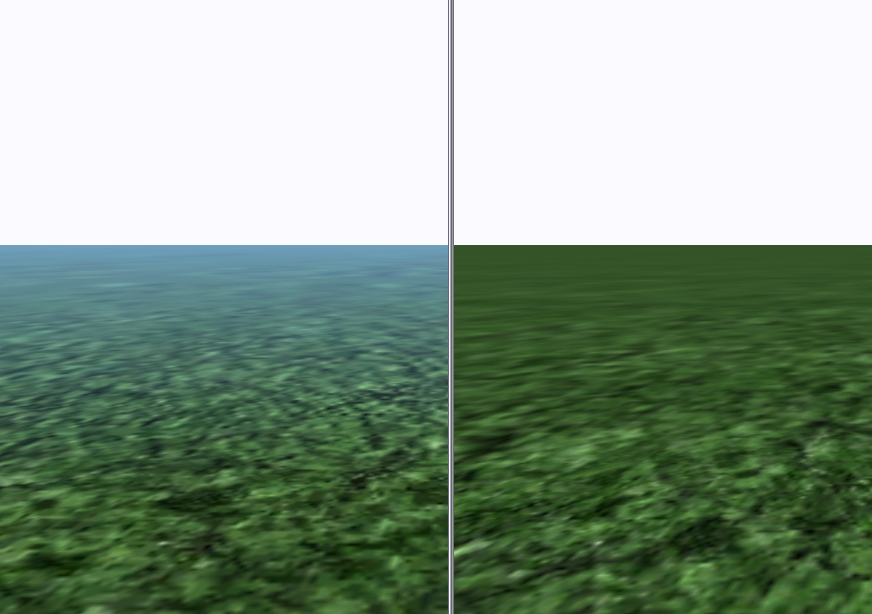Dredging up a bit of an old thread, here, but I've spent the last couple of hours experimenting with 'manual' mipmapping, for the same reason stated above - crisp textures appear washed out and overly blurry when they are only a small distance away from the camera. It does seem that the mipmaps created in DBP are a bit extreme. Although I haven't really discovered anything that hasn't been said before, I think I can clarify a couple of points, and give some pointers to people that haven't come across this stuff yet:
Firstly, there is no difference between the way bmp's, jpg's, png,s or dds's are mipmapped within DBP, as far as I've been able to tell. Just changing a file from bmp to dds using the load and save image commands in DBP does not appear to make any difference in the comparisons I've done.
However, because a dds contains mipmap data before it is loaded into DBP, it is possible to manually alter the level of blurring of each mipmap (there are 12 of them in addition to the original image).
To do this you need the dds tools from the nvidia website (
http://developer.nvidia.com/object/nv_texture_tools.html which will enable you to generate and manipulate mipmaps within Photoshop or PaintshopPro for example. Then you can load up a bmp, save it as a dds and control how much blurring/fading/sharpening is applied to each mipmap level.
Here is a comparison to show the difference between a dds created in this way, and a bmp mipmapped automatically in DBP:

The one on the left is a dds mipmapped manually, and faded to a blue colour to give a fog effect, whereas the one on the right is a plain old bmp. It's subtle, but notice that the detail in the dds is sharper in the middle to far distance, even with the fog effect, than the blurry bmp.
<edit>
Just realised that the pictures are not a great comparison, as one has fog and the other doesn't - but I've just ditched the test program without saving anything, so take my word for it - the dds with manual mipmapping is noticeably sharper than the bmp.